
Do you have a question about the Siemens MAMMOMAT NovationDR and is the answer not in the manual?
| Detector Material | Amorphous Selenium (a-Se) |
|---|---|
| Detector Size | 24 cm x 30 cm |
| Generator Power | 5 kW |
| Type | Full-field digital mammography system |
| X-ray Tube | Molybdenum (Mo) target X-ray tube |
| Focal Spot Size | 0.1 mm / 0.3 mm (IEC 60336) |
| Anode Material | Molybdenum (Mo) |
| Filter Material | Molybdenum (Mo), Rhodium (Rh) |
| Voltage Range | 20 - 35 kV |
| Tube Voltage | 20 - 35 kV |
| Tube Current | Up to 100 mA |
| Compression Force | 20 N to 200 N (2 kg to 20 kg) |
| Compression | Automatic or manual |
| Magnification | 1.8x |
| AEC System | Automatic Exposure Control (AEC) |
| Display | High-resolution monitor |
| DICOM Compatibility | DICOM 3.0 compliant |
| Detector Type | Amorphous selenium (a-Se) direct conversion flat panel detector |
| Image Processing | Advanced image processing algorithms |
Defines the system's purpose for viewing, storing, or printing digital images.
Outlines the structure and content of the manual's chapters.
Describes the components of the DirectRay FFDM-S system.
Covers safety precautions, regulations, and manufacturer responsibilities.
Outlines manufacturer's liability regarding overexposure and maintenance.
Explains how small-detail objects may appear differently in digital images.
Specifies responsibilities for accessory use and system compliance.
Specifies operating environment, certifications, and classification for the detector.
Lists critical warnings and cautions for handling the detector and its components.
Explains common symbols and their meanings for safe operation.
Specifies operating environment, certifications, and classification for the PXCM.
Describes the workflow of the X-ray system during normal operations.
Details the interface and communication signals between PXCM and Generator.
Explains the pre-exposure, measurement, and calculation steps in AEC mode.
Explains the technology behind the DirectRay system.
Explains the structure and components of the DirectRay Detector.
Describes the multi-layer structure of the DirectRay Detector element.
Details the process of reading charges and converting them to digital data.
Provides steps for safely unpacking DirectRay hardware.
Covers the physical installation of detector and PXCM.
Details how to install the DirectRay Detector in the mammography equipment.
Details how to mount the DirectRay PXCM in the mammography equipment.
Provides instructions for handling, connecting, and cleaning fiber optic cables.
Outlines the conditions requiring AEC calibration.
Lists the three sequential procedures for AEC calibration.
Guides on how to launch and prepare the AEC Calibration Tool.
Describes the functions and options available in the AEC Calibration Tool main window.
Details the procedure for determining the HVL of the X-ray Generator.
Explains how to determine a valid mAs for goal image generation.
Guides on generating the goal table using the Calibration Tool.
Instructions on copying goal table files to the PXCM under a different name.
Specifies when to use PXCM Web Tool functions.
Provides the URL to access the PXCM Web Tool.
Explains security levels and login requirements for PXCM Web Tool functions.
Describes how to access and use detector functions via the Array Control Panel.
Details how to view detector status, software, and manufacturing information.
Explains how to list and view detector files via the Array Files button.
Guides on accessing and analyzing detector log files.
Provides steps for upgrading detector software components.
Explains how to power cycle or reboot the detector.
Introduces functions accessible from the PXCM Brick Control Panel.
Details how to view summary and detailed PXCM information.
Shows detailed PXCM configuration and module information.
Guides on accessing and analyzing PXCM log files.
Explains how to view PXCM application status and configuration.
Details how to view PXCM AEC configuration parameters.
Covers viewing MCB info and upgrading its firmware.
Steps to upgrade the MCB firmware using the PXCM Web Tool.
Provides instructions for upgrading the PXCM software.
Guides on how to reboot the PXCM via the web tool.
Explains how to shut down the PXCM via the web tool.
Introduces functions accessible from the Generator Control Panel.
Details how to view generator status and information.
Guides on viewing and changing generator configuration settings.
Explains how to use factory service functions for viewing logs and stats.
Explains the purpose and process of detector calibration.
Details how calibration compensates for detector performance differences.
Specifies the conditions that require detector calibration.
Suggests causes and corrective actions for image artifacts.
Placeholder for general troubleshooting advice.
Placeholder for interpreting PXCM self-test results.
Explains the meaning of the PXCM status LEDs for diagnostics.
Guides on gathering and submitting DirectRay log files for support.
Outlines guidelines for replacing system components.
Provides instructions for properly packing the detector for shipping.
Lists general specifications for system components.
Details electrical specifications for the detector and PXCM.
Specifies environmental conditions for operation, transit, and storage.
Details pinouts for detector-to-PXCM and PXCM-to-Generator connections.
Lists the part numbers for field replaceable units.

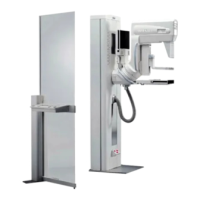

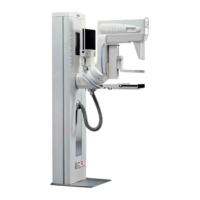



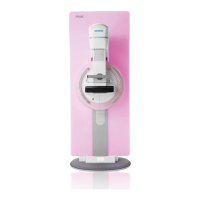
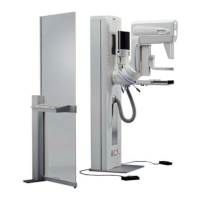
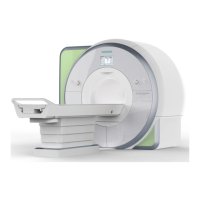
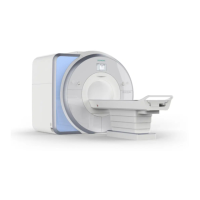
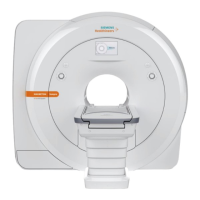
